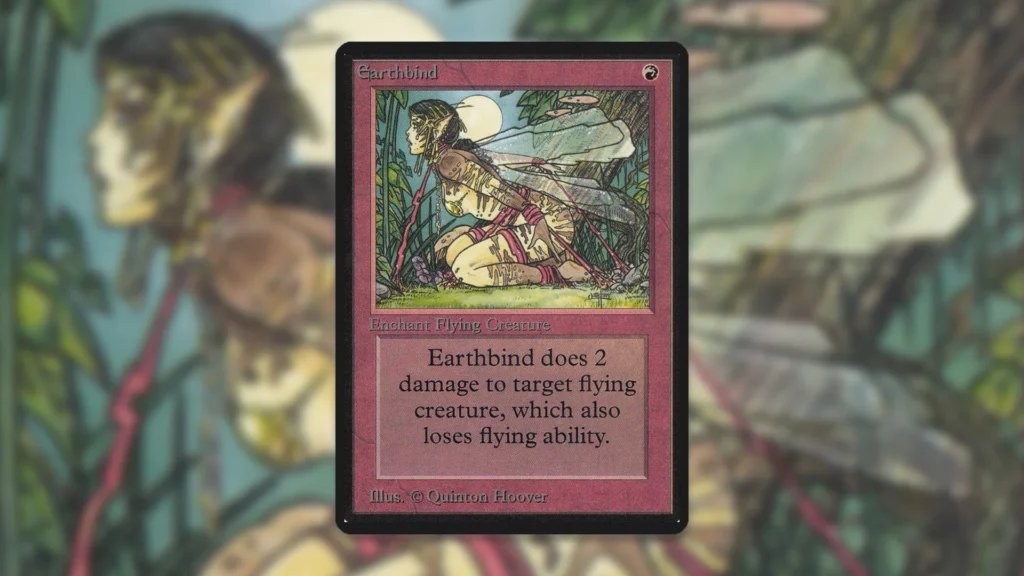It’s not often that Wizards of the Coast changes the name of an entire plane, but sudden nomenclature pivots are becoming increasingly common for the company. In efforts to stay culturally aware in the changing world, Wizards has been updating their game time and time again to ensure that everyone feels included. While the effort is noble, it also has some potentially unintended effects.
The latest change Wizards has made in the name of inclusion is renaming Kaladesh to Avishkar. Caused by real-world factors and supported by in-universe developments, this major change has been rather controversial, to say the least. While some backlash was expected, comments aren’t the only way that MTG players have responded to the change.
Curiously, following Kaladesh being renamed, the original 2016 set bearing that name has become a rather lucrative collectible. Many MTG players have been rushing to buy this product, causing prices to unexpectedly skyrocket higher than ever before.
Kaladesh Skyrockets to the Moon

If you want to buy Kaladesh Booster boxes, be prepared to pay an absurd premium. Prices now start at about $500, but these are exclusively for non-English boxes. If you’re lucky enough to find an Invention, those will still be in English, but everything else will be in the language you bought.
Want an English Kaladesh Booster Box? Those start around the $630 mark. While there are some cheaper boxes on the market, it’s clear you’ll have to pay an obscene amount of money. Worryingly, $630 isn’t even the ceiling, as there have been multiple sales toward the $800. Some players have even gone so far as to pay $900 for a single Kaladesh Booster Box.
Notably, while Kaladesh Booster Boxes are now insanely expensive, they’ve already been on the pricy side of things. Thanks to the hugely-desirable and ultra-rare Kaldesh Inventions, English Kaladesh Booster Boxes typically sold for around $370. At the very least this means that Booster Box prices have jumped by 70% since Wizards renamed the plane last week.
Looking at individual booster packs, we can see an even harsher price spike. Kaladesh packs have risen from about $10 to $24 apiece. This means that Kaladesh booster packs are now more expensive than the average Collector Booster pack.
Despite all this financial hype, we would heavily dissuade you from buying these boxes if you are planning on opening them. Unless you hit one of the more expensive Inventions offered in the set (which is incredibly unlikely), you’ll be out a lot of money.
Forbidden Things Sell Well

This is far from the first time that Wizards of the Coast has banned something for the sake of cultural awareness. Back when the Magic 30th Anniversary set was released, for example, Earthbind’s artwork was altered during its reprinting for similar reasons. After Earthbind’s artwork was, essentially, banned from Magic print, a massive rush was made to collect the cards. This influx of demand caused prices to soar for Earthbind temporarily.
Earthbind climbed from just being worth a few pennies to being quite expensive in most of its variants. Take the Unlimited copy of the card, for example. Prior to the announcement, this copy of Earthbind was worth $5. After the announcement, it spiked to $30. This was even more extreme for rarer versions of the card.
Notably, while Earthbind was an incredibly hot topic for a period of time, it didn’t stay that way. At the end of the day, outside of some very specific MTG collectors, there are not many MTG players that really care about Earthbind. So, as the drama around the card faded into the background, so did the card’s price. It is interesting to note, however, that while Earthbind is nowhere near its zenith, the card is still more expensive following the price spike. The aforementioned Unlimited copies, for example, are now selling for around $8.
So, forbidden things have a history of appealing to MTG collectors. From that perspective, Kaladesh product spiking prior to the name change is incredibly predictable, but where will things go from here?
From Beloved to Iconic
Kaladesh has always been one of the most iconic sets in Magic: The Gathering history and that’s thanks to the chase cards in the set. Kaladesh Masterpieces are some of the most beautiful MTG treatments ever printed. They’re also one of the rarest.
If you want the most expensive copies of some iconic MTG artifacts on the market, Kaladesh Inventions is the place to look. From this perspective, Kaladesh was already beloved, and a rather popular sealed product to crack. The thrill that players experience chasing a Masterpiece is hard to match.
What makes this story even more awe-inspiring is, that when this set was in print, the excitement around the set was not even remotely what it is now. That’s because, when Kaladesh was released, Mark Rosewater announced that chase cards like the Zendikar Rising Expeditions and the Amonkhet Invocations were going to return in every set. Once you begin to do a special thing in every set, it no longer becomes special. As a result, players weren’t very excited about the Inventions.
This change in interest ironically caused Wizards of the Coast to discontinue the chase card idea which, in turn, made Inventions even more desirable. A series of perfect storms seems to have created something absurdly desirable from dust.
So, Kaladesh Boxes are now incredibly expensive and sought-after, but will prices continue to be unrealistically expensive? Judging from past patterns of ‘forbidden’ pricing, this recent announcement is likely to add some value to Kaladesh product in the long run. I would expect to see a dip once the excitement dies down, but sealed MTG product has a history of aging extremely well. The time to buy Kaladesh may be during the dip. If you have time to invest (we’re talking decades), you’ll likely get an admirable return. That said, the future is impossible to predict.


